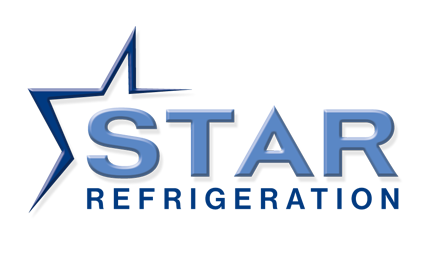Star warns of cold comfort for food firms in 2015

Frozen and chilled food manufacturers across the UK face a sharp rise in the cost of some refrigerant gases from 2015, according to cooling expert Star Refrigeration. Star is warning that refrigerant suppliers have indicated that the price of some widely used HFC gases may increase by up to 20% this year. Star believes that new European Union (EU) regulations will dramatically affect the cost and availability of synthetic refrigerants with high global warming potential. As Europe begins its scheduled phase down of selected HFC gases, Star is urging food manufacturers to take a long term, strategic view of their refrigeration systems – or face significant financial penalties. Star Refrigeration Group Sales and Marketing Director Rob Lamb says: “As the phase down of HFC gases with high global warming potential takes place over the next 15 years, we predict that there will be a rapid increase in cost and a marked decline in their availability.” Rob Lamb says: “Refrigerant manufacturers have been allocated quotas for the HFC gases they can produce and supply within Europe. These quotas are measured in terms of carbon equivalent, with the target to cut the current level down to 63% by 2018, 45% by 2021 and 21% by 2030.” He adds: “We would urge refrigeration plant operators to think strategically and take a long term view of their manufacturing processes by investing in future-proof refrigeration systems.” Over the past fifteen years, the refrigeration industry has seen the gradual phase out of synthetic, ozone-depleting refrigerants. From January 2015 the last of these HCFC gases, including R22, were banned in Europe. HFC refrigerants have been widely used as replacement gases for CFCs and HCFCs, but are now the focus of the EU’s F-Gas regulations. Gases such as R404A and R507 have been found to have a high global warming effect and are currently the subject of a 15-year phase-out programme. In addition to production phase downs, product and service bans will come into effect over the next seven years. These include a ban from 2020 on the use of virgin R404A and R507 gases for stationary refrigeration systems with a charge greater than 10kg. Star Refrigeration’s Rob Lamb says: “Food processors with refrigeration systems that operate on HFCs need to be aware that these gases are at risk in the near future.” He adds: “We believe that the message from Europe is clear: HFC refrigerants are not a viable long term solution. Forward-thinking refrigeration plant operators should look to invest in future-proof cooling systems.” Whilst refrigerant suppliers are busy developing new blended synthetic gases with lower global warming potential, Star believes there is a long-established, natural alternative. Rob Lamb says: “Natural gases such as ammonia have been successfully used as refrigerants for over 100 years. Ammonia has no global warming effect and offers high efficiency, long term availability and low cost per Kg. The use of carbon dioxide as a refrigerant is also growing in popularity due to its relatively low global warming potential.” He adds: “The initial capital cost of plant that operates on a natural refrigerant may be higher, but the life cycle cost of running the system is key. Those who continue to operate cooling systems with HFCs are facing the risk of escalating running costs in the short to medium term. We believe that natural refrigerants such as ammonia and CO2 offer long term security.” When it comes to designing and maintaining energy efficient cooling and heating systems, Star is a natural innovator. Star works with strategic partners across the globe to deliver low carbon, cost saving solutions. For more information, visit www.star-ref.co.uk, email sales@star-ref.co.uk or phone Star Refrigeration on 0141 638 7916.
Star warns of cold comfort for food firms in 2015

